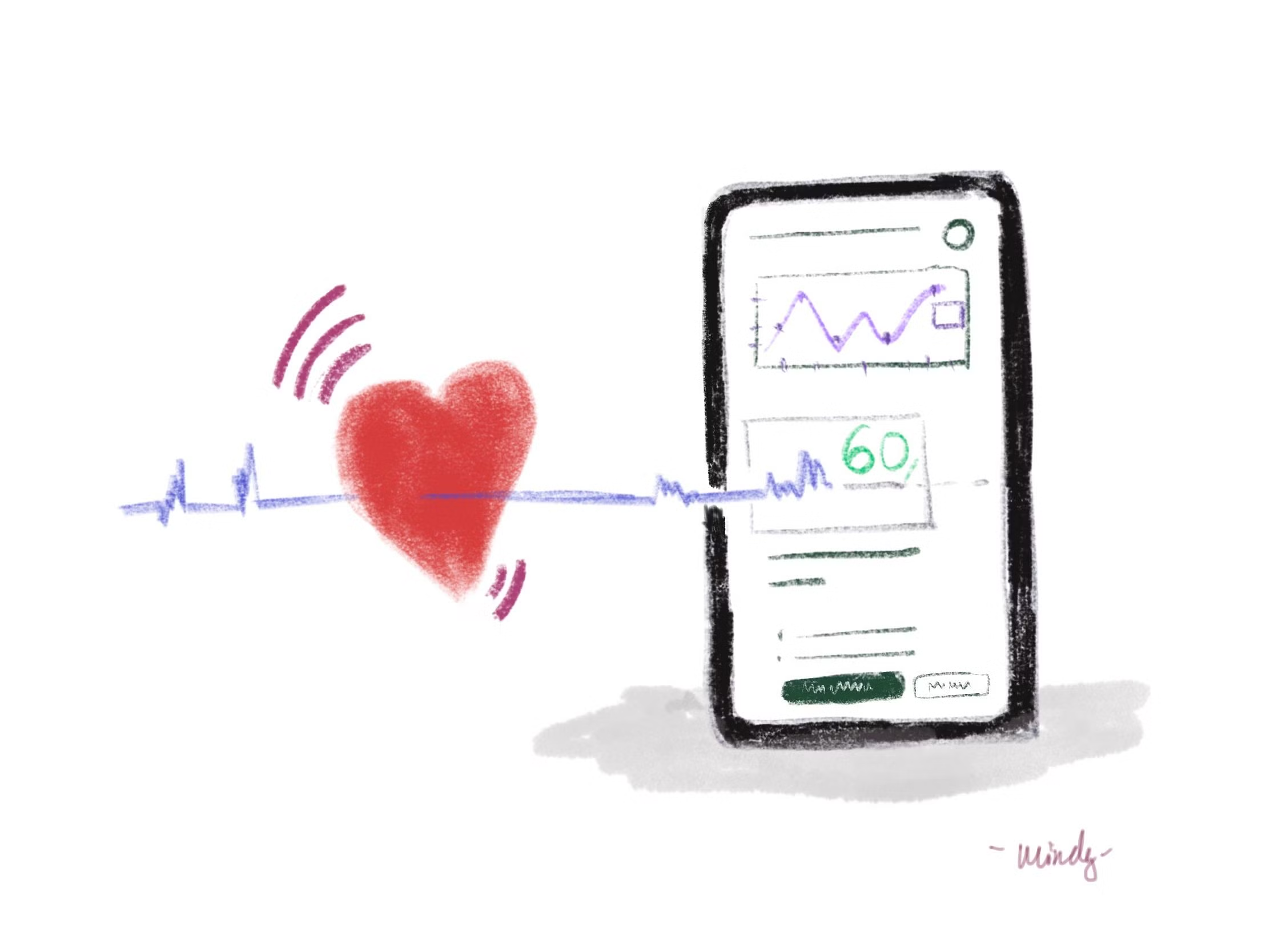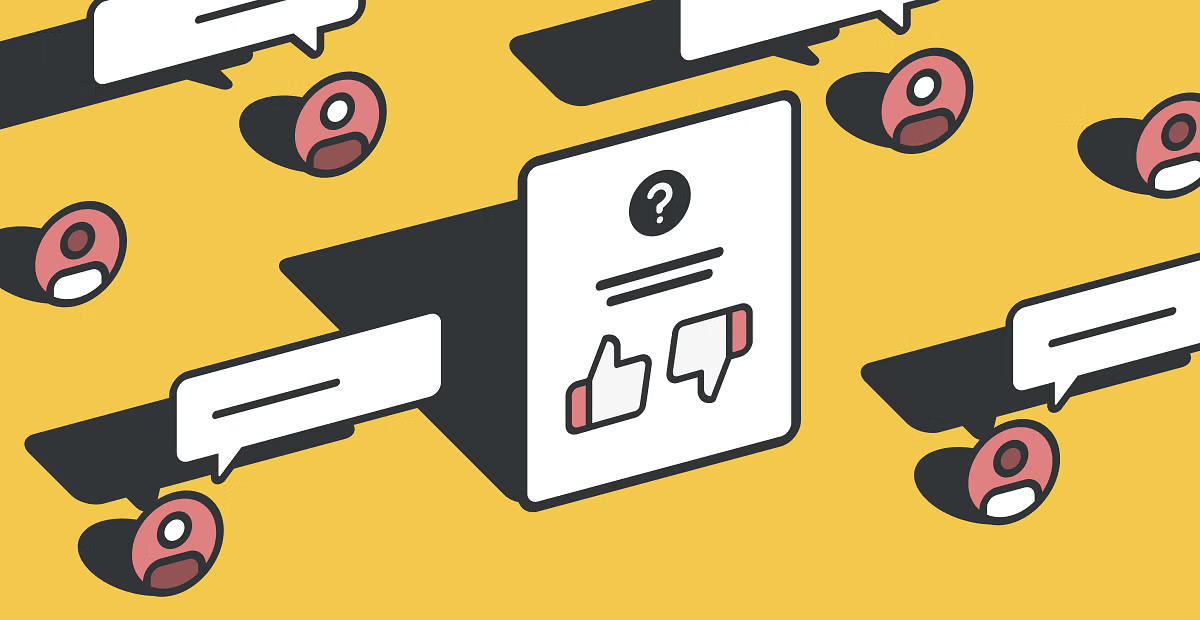Is Albert Einstein right about that?

Illustration by Storytale
There is a popular belief that 30 is the age limit for those who do creative work: People can only come up with great ideas when they are young. Once the 30s kick in, this ability gradually decreases, and they cannot generate ideas anymore. Even Albert Einstein said:
“A person who has not made his great contribution to science before the age of 30 will never do so.”
I used to be haunted by this belief.
I started studying Design two years later than same-age friends, seeing no outstanding talents, and knowing the 30-year-old limit made me feel confused about everything and doubt my career choices from time to time. This was especially true at the beginning of my career when work was stagnant, there were tons of unfinished projects, and ideas just did not seem to come when I needed them.
But does age limit creativity?
Now 33 years old, I can say the age limit on creativity is just a myth, and mindset is the key thing to decide your creative ability is limit or not.
- “I am the explorer” mindset
- “I am an expert” mindset
“The explorer” searches for ideas with the mindset that what might come up could be anything, “I don’t know, but then I’ll know,” while “the expert” goes looking for things “I have understood, or already know how to do because otherwise, how can I call myself an expert.”
Perhaps, people with the right skill, attitude, and passion tend to seek to grow their expertise in the early 20s, becoming an “expert” in the early 30s, and this has made the 30s gradually become the limit for others.
I think Albert Einstein’s quote has simply been misinterpreted. What he meant was probably “try hard to do something when you’re young,” maybe because the average human life expectancy was low at that time (about 30–40 according to WHO statistics).
But believe me, age has absolutely nothing to do with each person’s creativity. Suppose you are stuck searching for ideas for an ongoing project or spending many days and hours and still cannot find a satisfactory solution. In that case, don’t worry.
Here, 6 strategies for believing your creativity have no limits.

Letter
1. Let’s get started (with joy)
The first thing to start everything is to get started. You’re probably thinking, “How do we get started correctly?”
When you start finding ideas for something, try to:
- Start reading outstanding books about it. Maybe science books, maybe fiction too. Books are a great source of learning to give you many perspectives on something.
- Start following the news, observing, reading knowledge related to the topic.
- Start brooding over it, on the street, on the bus, in the bathroom, or lying on the sofa.
- Start getting out of the “I’m an expert” mindset, returning to thinking like a newbie, and new ideas will follow.
- Start with joy to keep us excited. Excitement will create curiosity, and curiosity will lead us to new things.
“Creativity is about connecting the dots.” — Steve Jobs

Dots: knowledge, experiences, perspectives, information, people, environments, objects, ideas, opinions, maybe everything we can perceive.
And to be more creative, let’s become the “Dot Collector.”
2. Inversion thinking

Inversion is an easy but useful method to apply when solving a problem.
First, write down the problem you want to solve:
- How to wake up early
Then reverse it:
- How to wake up late
Solutions:
- Stay up late to watch movies and check Facebook
- Don’t set an alarm
- Draw curtains to keep the room dark enough not to see any shining light
- Sleep until you want to wake up
Now you have some solutions to your problem. This method works because it’s often harder to create something than to destroy it. Also, we are always thinking about what to do to make good things happen but forget how to avoid bad things.
Inverse thinking can also help us find a new and more exciting shape for an already familiar thing, such as:
- What is the form of a fish that can’t swim?
- What does a monkey that can’t climb look like?
- How about a chair not be used to sit?
3. Combination thinking
There are two ways to use this mindset:

3.1 Combine random things:
Do you remember the music video: Pen Pineapple Apple Pen?
The idea of combining a pen with apple, pineapple and then continuing to combine them is fascinating, plus the sense of humor and performance makes the song extremely attractive.
Usually, this method will help us refine an existing object with the following steps:
- Step 1: Select typical items to improve;
- Step 2: Choose 3–4 random objects;
- Step 3: List a few characteristics of the selected object;
- Step 4: Combine these characteristics with familiar subjects;
- Step 5: Select the possible combination from the above step.
For example, we are looking to improve our iron.
Choose 3 random objects: Roses, Cat, Phone.
Some features:
- Roses: fragrance, colorful, thorny, beautiful.
- Cat: soft, meow, cute.
- Phone: wifi connection, battery running, call.
Combination with the iron then we have:
- Scented iron, meow, battery-powered
- Soft, colorful, callable iron (Ops, hell no!)
- Cute, prickly iron, wifi connection
- Scented iron with cute cat ears, battery-powered
The last combination seems to be the most viable and will win a lot of attention from cat lovers like me.
3.2 Associate with what closely relates to the thinking:
Suppose you are making a logo for a hot-air balloon company. Obviously, the image that you always focus on is the hot-air balloon. Let’s try to combine it with a few familiar things like:
- Light bulb
- Balloon
- Orange slice
- Map pin
- Dandelion
This method will help your idea or concept to become rich, diverse, and convey more meaning.
4. Metaphor and metonymy
These two ways of thinking are similar. Both of them use one thing to represent another in a highly-relevant way. The non-literal expression of the message we want to say makes the design more exciting and stimulates the viewers’ curiosity with soaring imagination. A symbol of a Logo is good enough to make the viewer think of more positive images.

The great Logo designers are the masters of the details and the metaphor. Typical people I admire are Yuri Kartashev and Jimmy Tuan Bratus.
Metaphor and Metonymy are prevalent because the application is simple, but that’s why it is a double-edged sword when we overuse it.
- Consider the big picture: do not get too caught up in symbolic details but forget the whole design because an excellent design or a good logo is a combination of many elements.
- Keep things clear: a metaphor that only a genius can understand is like a joke that needs to be explained. Try asking a few friends quickly and if they don’t know what you meant, think again.
The metaphor I like the most in comics and movies is “The Rabbit hole” in Alice in Wonderland. It represents a door to a whole new world. But if the door shows initiative, falling into a hole is a forced event that makes viewers curious about what will happen to the character.
5. Role-playing

This is a method based on our empathy. But perhaps it is also familiar to everyone:
- How will a 5-year-old kid solve this problem?
- How will Bill Gates do that?
- If he saw this design, what would he think?
To start Role-playing, you need to create a situation — goal — hindrance.
For example: You will be the user who uses the product for a negotiation with a partner. The goal is to complete a deal for a complex project. The hindrance may be that your partner doesn’t have over 15 minutes to hear you present the content.
The idea can come up that the product has a stripped-down display and, when needed, can show the full details if the partner spends more time with you. Or you can create an access link that only exists for a specified time after the partner leaves (to send to them for review, but with limited access time to keep the information confidential).
One of this approach’s downsides is that it can be time-consuming, and we will not find new ideas if empathy is insufficient. But we can get more people to participate in the exercise to get more views & ideas.
6. Adding senses
In Jinsop Lee’s Ted Talks on “Designing for the Senses,” he argued that good design is one that touches as much of the senses as possible, including touch, sight, hearing, smell, and taste.

For example, an alarm clock would be better when it is not only beautiful (sight), has a smooth surface (touch), emits a sound (hearing) but also creates an annoying smell (smell) to wake people up.
And besides the 5 basic senses, I see another sense: “Awareness.” Awareness can refer to the object’s behavior, habits and personality to use our ideas and design products. People working in UX Design should have to pay more attention to this kind of “sense”.
Besides these methods, there are still: Mind Mapping, Six Thinking Hats, The 5W + H, etc. But I do not mention it in this article because I have not applied them effectively in everyday work. Therefore, it’ll be great to share more about your experience and your process of generating ideas.
Hopefully, this story will help you get rid of the fear of the age limit on creativity while providing 6 effective methods for finding ideas.
- Let’s get started (with joy)
- Inversion thinking
- Combination thinking
- Metaphor and Metonymy
- Role-playing
- Adding Senses
Try them out, and do not be afraid to try out as many ideas as possible. As Linus Pauling said:
“The best way to have a good idea is to have a lot of ideas.” — Linus Pauling
_______________________________________________________
Think this a good read? Share now with friends.
🙏 Feedback my writing: [email protected]
👏 Follow Hoang Nguyen to get updates on my recent stories.
🎉 My Portfolio: https://hoang.moe/

 Buy me a coffee
Buy me a coffee







